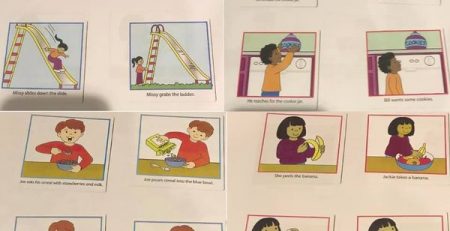Shine Avi tip of the day !!What is time-out?
Time-out involves taking your child away from interesting activities and not giving your child attention for a short period of time.If your child is behaving in an unacceptable way, time-out is a strategy that can help you manage your child’s behaviour. Time-out works best when it’s used with other child behaviour strategies – for example, in combination with praise for acceptable behaviour.How time-out worksTime-out is a powerful way to teach children about unacceptable behaviour.Even young children can understand that when they misbehave, they lose the chance to be around other people and interesting things for a short time. Time-out also gives your child the chance to think about what happened and what she might do differently next time.And time-out is less likely to make children feel anger, shame or fear than other approaches to discipline like smacking. Strong emotions like anger can make it hard for children to think about what they did wrong.Time-out works well when the time you spend with your child is warm and loving. If your child’s behaviour or other things in your life are affecting the time you spend with your child, talk with your GP or a counsellor.About quiet time and time-outThere are two types of time-out strategy – quiet time and time-out. Quiet timeThis is when you remove your child from the situation, but not the place. For example, if you’re at the park you might ask your child to sit under a tree for five minutes and calm down. If you’re at home you might ask your child to sit in a chair against the wall in the same room as you.You can take quiet time with you wherever you go. For example, you can use it in the park, at the supermarket or at a friend’s house. While in quiet time, your child might:calm down and feel more in control of his emotionssee other children behaving in more appropriate wayssee other children getting attention for positive behaviourstart learning that negative behaviour doesn’t get attention.If your child won’t stay in quiet time in the same room, you can try time-out in another room.Time-out In time-out, your child goes to a previously arranged time-out area, like a spare room or hallway, after misbehaving. The time-out area is usually a safe and boring room or location without toys or games.You can leave the door of the area open, but if your child comes out before you say so, you can close the door until time-out is over. This can help to stop any battles between you and your child.Closing the door might be the best choice if time-out leads to very loud or aggressive behaviour – from your child or you. Keeping the door open might be the best choice if you need to supervise your child during time-out.A disadvantage of time-out is that you might not have access to a time-out area when you leave the house, especially if you’re out in public.






Leave a Reply